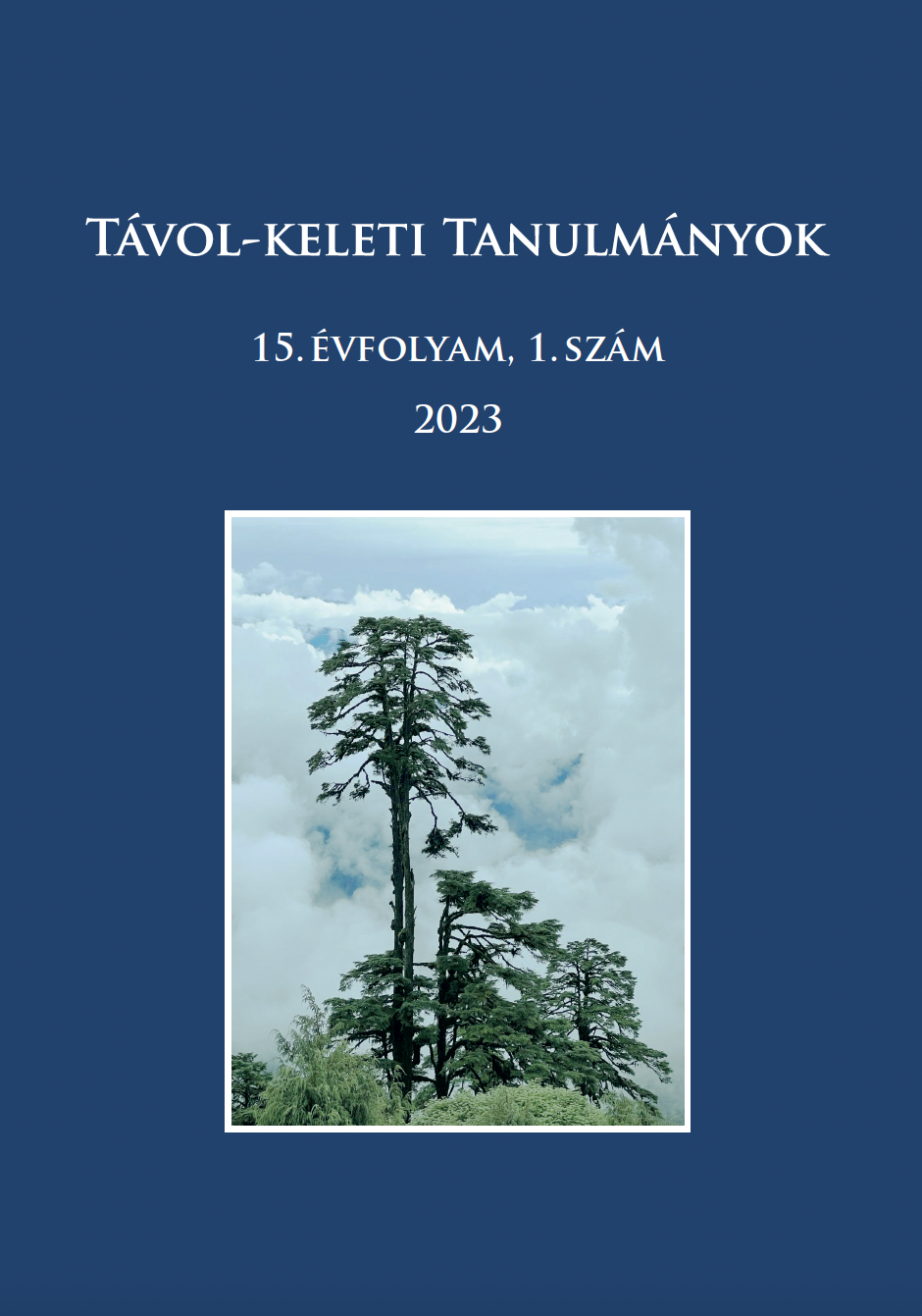A művészetterápia kulturális meghatározottsága
The cultural determinations of Japanese art therapy
Author(s): Anna GacsályiSubject(s): Sociology of Art
Published by: Eötvös Loránd Tudományegyetem
Keywords: art therapy; cultural influences; independent and interdependent self; Japanese art therapy; psychoanalysis; amae; sandplay therapy; hakoniwa
Summary/Abstract: The concept of art therapy covers a particularly wide area and can be approached from many different aspects. Therefore, the concept has several definitions and can be divided into numerous subgroups. In essence, art therapy includes music therapy, drama therapy, literature therapy, dance therapy, and generally therapies involving the visual arts. In the case of Japan, the use of the arts in a therapeutic context is in many ways linked to traditional techniques, such as kadō and calligraphy. This study aims to identify the characteristics of art therapy in Japan by analysing the cultural characteristics of independent and interdependent societies, as well as the relationship between therapeutic choices and the two main concepts of the self. Firstly, it is important to introduce the terminology related to the topic and its main interpretations from a historical point of view. Placed in a historical context, it is necessary to address the circumstances of the adoption of psychology as a new discipline in Japan, which significantly influenced the development of Japanese art therapy. At the same time, in order to present the cultural differences of the self, it is important to review the research related to self-perception, as well as Japanese-specific psychological concepts, such as amae and aidagara. In addition, in the case of Japan, it is also relevant to examine the relationship among traditional Japanese arts, sandplay therapy, and art therapy, as there is a complex connection in their approaches and methodologies. The works of Seiichi Ijuin, Hisao Nakai, Tamotsu Sakaki, Naoko Takano, Hayao Kawai, Eva Pattis Zoja, Toshihiko Kamei, and Toyoko Yamaguchi provide insights into the process of therapy and the effectiveness of image-based, non-verbal communication in therapies in different cultural settings, as illustrated through case studies.
Journal: Távol-keleti Tanulmányok
- Issue Year: 15/2023
- Issue No: 1
- Page Range: 255-276
- Page Count: 22
- Language: Hungarian

